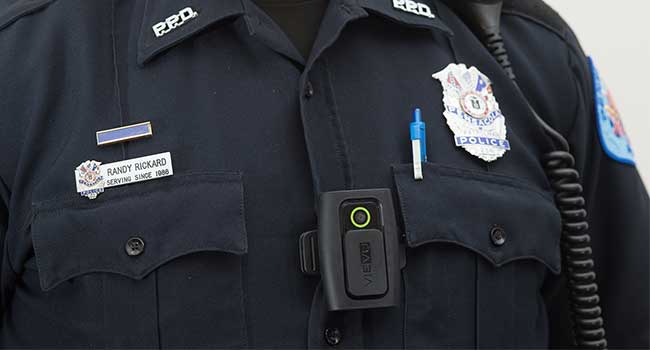
Chicago PD to Arm More Officers with Body Cameras
- By Sydny Shepard
- Apr 12, 2016
The Chicago Police Department is expected to receive a shipment of 450 body cameras that will be deployed on officers in some of the most gang-plagued areas of the city.
After officers are trained on how to use the cameras, they will be sent to 7 of the 22 police districts with the most crime with the body cams that are capable of recording 72 continuous hours of high-definition video and audio on a single charge.
"Body cameras are one tool that the police department uses to serve and protect the people of Chicago," interim Superintendent Eddie Johnson said in a statement. "They play an important role in not just fighting crime, but also in learning from actual encounters with the public."
The department saw success when they first started using the cameras in one of the 22 districts in January 2015. The other six districts with the most crime will expect to see the body cameras by the end of summer.
The new cameras come at a time when surveillance in Chicago is a top priority. The department has been struggling with officers not reporting broken equipment, such as dash cams or microphones. They also find it hard to insist that officers upload all their footage at the end of their shifts.
The issue was highlighted in the case of 17-year-old Laquan McDonald who was shot 16 times by an officer. While all five responding officers had front facing cameras on their dashes, none of the cars had audio.
The program is expected to be funded with a $1.1 million grant from the U.S. Department of Justice in matching funds from the city. The Chicago Police Department has also applied for state grants to assist with camera purchases, storage, maintenance, upload stations and other program-related costs.
About the Author
Sydny Shepard is the Executive Editor of Campus Security & Life Safety.